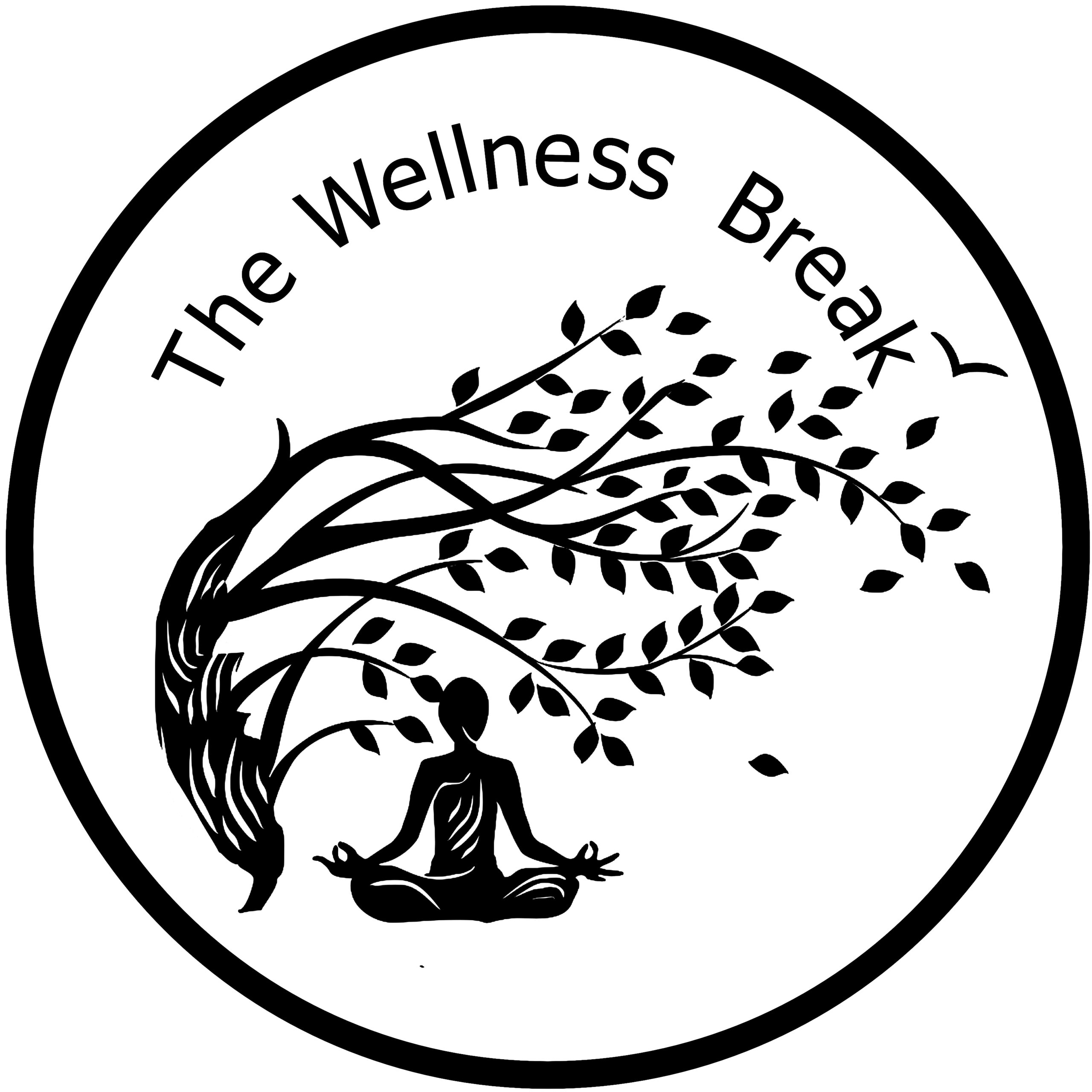Understanding the significance of the 5 Tibetan rites.
If the 1st rite of the Five Tibetan Rites creates an energy vortex by spinning energy within the chakras and the 2nd rite channels this energy upward, the 3rd rite activates, amplifies, and distributes this energy along the spine, fostering a free flow through the chakras and strengthening the physical and energetic core. The movement involves kneeling upright, with hands resting on the back of the thighs. From this position, the head and neck are gently tilted forward, bringing the chin toward the chest. Then, the head and spine are arched backward, opening the chest, while supporting this motion by anchoring the thighs and engaging the core muscles. The movement concludes by returning to the starting position, and each repetition is synchronized with a deep, controlled breath.
The 3rd rite is particularly focused on energizing the midline of the body, stimulating the spinal column and activating the chakras, especially the solar plexus, heart, and throat centers. By arching backward, the practitioner stretches and strengthens the muscles of the back, opens the chest, and expands the lung capacity, allowing prana (life force energy) to flow more freely. This also promotes alignment of the spine, which is the central conduit for energy flow.
On a physical level, this rite improves posture, flexibility, and core strength. The dynamic interplay of forward and backward movements massages the internal organs, enhances digestion, and revitalizes the nervous system. Energetically, it helps to release stagnant energy, creating a sense of expansion and openness, particularly in the heart and throat regions, which are associated with emotional balance and self-expression. Practicing the 3rd rite regularly not only amplifies the energy harnessed by the previous rites but also supports a harmonious integration of this energy into the mind and body, promoting vitality and emotional clarity.
